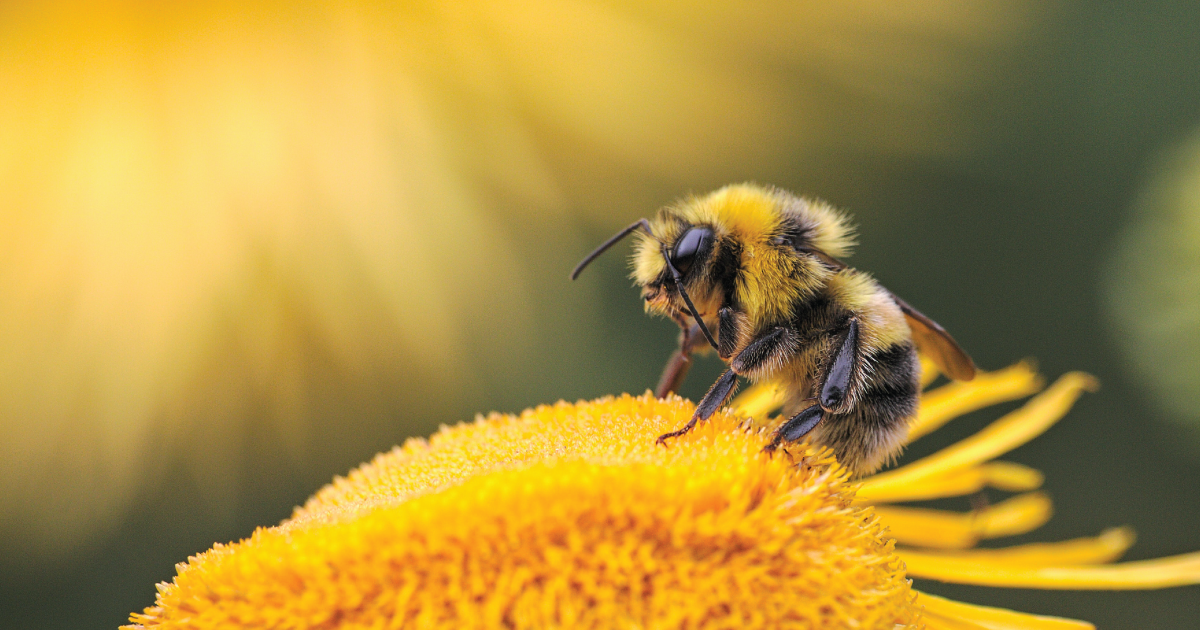
First the Good News: The Bees are Back!
But the lingering impacts of the AltEn neonic contamination catastrophe in Nebraska are frightening
April 1, 2023 | Source: UnSpun | by Carey Gillam
But the lingering impacts of the AltEn neonic contamination catastrophe in Nebraska are frightening
If you aren’t familiar with what’s been going on in Mead, Nebraska – a tiny, rural community where the world’s largest seed companies dumped unwanted supplies of pesticide-coated seeds – you should be.
The manmade chemical contamination catastrophe there, which I first wrote about in January 2021, was a clear-cut example of how powerful industries exploit and endanger unsuspecting communities with devastating consequences for public and environmental health.
In the miles around the dump site – an ethanol plant called AltEn – bee colonies died off, pets and people were sickened and the water and soil and air became laced with dangerous levels of pesticides known as neonicotinoids. The Environmental Protection Agency (EPA) considers neonics in food and water safe at a range of up to 70 parts per billion (ppb) depending on the specific type. For the neonic known as clothianidin the benchmark for aquatic life is just 11ppb. It is 17.5ppb for a neonic called thiamethoxam.
